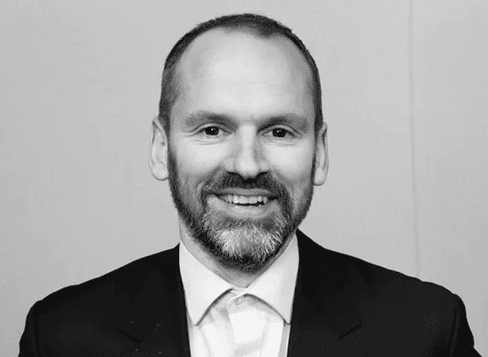Adidas just made a colossal bet that could be a game changer, or a catastrophic mistake.
Last week, Adidas announced they were going all-in on digital advertising.
Chief Executive Kasper Rorsted said he was going to ditch TV ads and instead spend 100% of his budget on digital to capture younger consumers, a crucial demographic for the sports clothing line.
This way, he said, Adidas would quadruple e-commerce revenues by 2020.
“All of our engagement with the consumer is through digital media and we believe in the next three years we can take our online business from approximately one billion (euro) to four billion (euro) and create a much more direct engagement with consumers," he said.
Predictably, the internet exploded.
It was a hell of a time to bet all your chips on digital marketing, said critics. Digital ad giants Facebook and Google are now embroiled in full-blown scandals and a quick glance at today’s CampaignLive reveals a headline which screams “Marketers must tell their boards 60% of programmatic spend is wasted.”
Critics have also pointed out that Adidas may also have its sums wrong. Just six per cent of Adidas’ current sales are online. (Adidas annual sales are about $17b, about $1b of which is the result of e-commerce.) Do they really want to spend 100% of their advertising money to support 6% of their sales?
Nay-sayers also pointed out that retailers would not be happy about Adidas spending all its money to support its own online store sales and provide no money to support theirs.
These are important points.
But to me, this debate centres around something even more fundamental than TV vs digital. It’s brand versus customer relationships.
Over several decades, Adidas has spent hundreds of millions on TV and other traditional ad media. It has established a successful and well-known brand.
What they are now proposing, argue critics, is to “milk the brand” of its value by converting it to direct response to get a short-term sales boost. As a long-term strategy, it could sink the brand. What are Adidas thinking?
Globalisation and digital information have undeniably changed things. Consumers are becoming more rational and need brands less and less.
If the job of brands was to "assure customers about the quality of a product or service" as The Economist puts it, customers can now easily figure that out for themselves on comparison websites, review sites and via social media.
Itamar Simonson and Emanuel Rosen, authors of 'Absolute Value: What Really Influences Customers in the Age of (Nearly) Perfect Information’, argue that brands have "a reduced role as a quality signal. Brand equity is not as valuable as it used to be."
Meanwhile, a study looked at the value of brands and customer relationships as revealed by Mergers and Acquisition data covering 6000 M&As worldwide between 2003 and 2013.
It has found that brand valuations have declined by nearly half, while the value of customer relationships have doubled over a decade.
Or put another way, companies acquiring other companies have moved from investing into businesses with strong brands in favour of businesses with strong customer relationships – with all the loyalty and cross- selling benefits that it suggests.
Digital technology means businesses are now able to interact directly with customers, reducing the cost of sales and marketing as a result.
Well, that is the theory. But is it right?
I spent some time inside Adidas social media war room. There, marketing happens at tweet-speed. During a football game. for instance, tweets are posted within two to three minutes of a goal, a refereeing decision or a player substitution. Social-media messages aimed at the brand from consumers can be responded to within 15 minutes. Last year Adidas UK had 20,000 such one-on-one communications. Its social media streams were managed from 8am to 10pm, seven days a week.
But is that enough?
Some back of the envelope figures reveal that in the past year, Adidas grew by 16%. Projecting that growth over the next three years they would be at about $25.5 billion in sales, critics have pointed out.
Quadrupling their online sales – their new aim - without growing their retail business would leave them with about $20 billion in sales.
So even if they achieve their online growth, they still have to grow their retail business by around 10% annually to get to that $25.5 number.
How will they achieve 10% annual growth in offline sales with 100% online advertising?
TV execs will be watching closely. If Adidas pull it off, TV could be toast.
If they don’t, Adidas’s CEO will be.
It’s going to be fun to watch.

Andy Pemberton is the director of
Furthr, the UK’s leading data visualization agency. Furthr make infographics for the United Nations, the World Food Programme, Cisco, Aviva and the Chartered Institue of Marketing (CiM). He also trains Guardian Masterclasses and writes a monthly column for Campaign and CIM. He was a judge at last year's British Media Awards.



 Andy Pemberton is the director of
Andy Pemberton is the director of 



